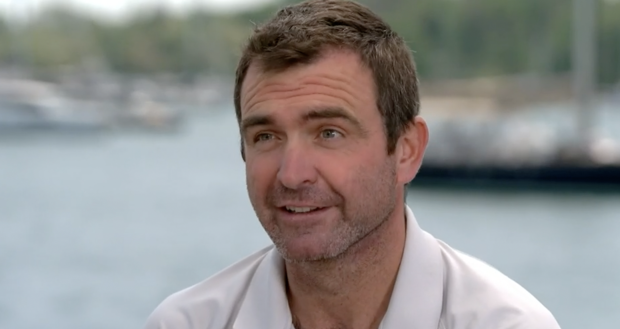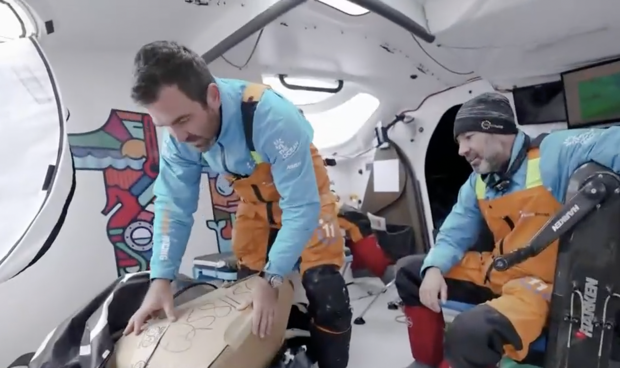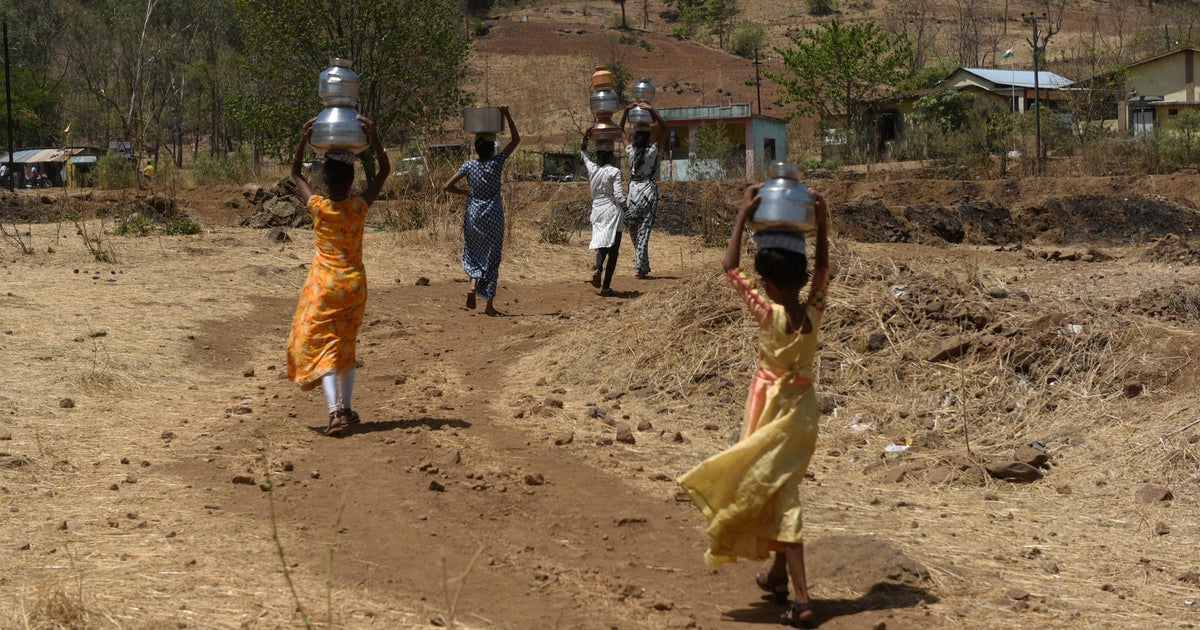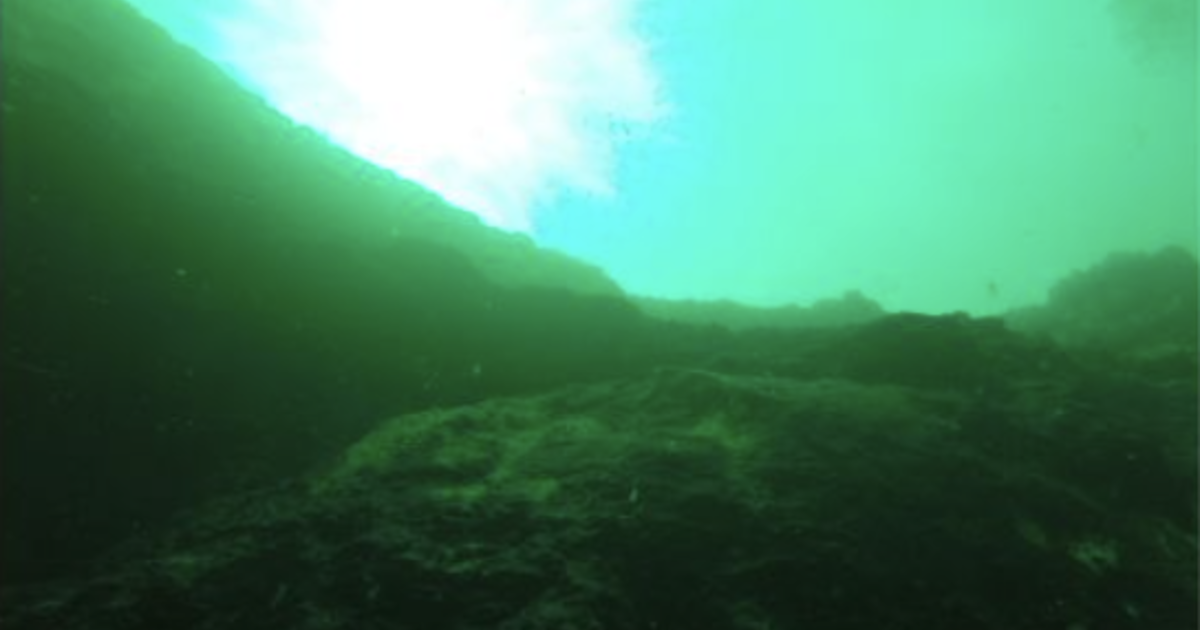Grueling sailing race takes competitors 36,000 miles around the world while collecting climate data
The world's longest and most grueling competition is underway as competitors adventure 36,000 miles around the planet on sailboats.
The race is intense — but it's not just about winning and glory. The sailors are also part-time citizen scientists competing on boats outfitted with tools that gather data on how climate change is impacting the world's oceans.
The sailing competition, called The Ocean Race, started in January. Those competing started in Spain, then raced down the coast of Africa before cutting across the Indian and Southern oceans to reach Brazil. They then headed up the eastern coast of the Americas before crossing the Atlantic Ocean to get to Denmark. This week, the teams will leave Denmark on the final two legs of the race, which ends in late June in Italy
Charlie Enright, the skipper of a 60-foot long sailboat and leader of the 11th Hour Racing Team, the American competitors in the race, uses fin-like hydrofoils to propel his sailboat to speeds of up to 50 miles per hour. During the race, he and his team have fixed everything from torn sails to busted rudders, while using instruments on board the sailboat to gather data on climate change.
Each team is working to track how climate change is impacting the oceans, which are rapidly warming from absorbing 90% of the excess heat created by planet-warming greenhouse gas emissions. Oceans provide about 50% of the oxygen humans breathe, making their health critical to human health.
Lucy Hunt, part of the race's science program, said this is the "first science program within the sailing world." The boats, which serve as high-speed laboratories, measure everything from sea surface temperatures to oxygen and carbon dioxide levels. The scientists onboard have also detected microplastics in nearly every sample they've taken so far. The data they collect is distributed worldwide.
The racers send all the data they collect to a satellite in real time, Hunt said, sharing 25,000 data points per day.
The boats also go where few scientific missions travel, making the data they collect especially valuable.
The third leg of the race was a 38-day sail through the Southern Ocean, also known as the Antarctic Ocean, which is wild and remote.
"We actually passed a place called Point Nemo which is the farthest you can possibly be on Earth from land, and the closest people to you, other than your competitors, when you're there are actually people in the International Space Station," Enright said.
In the Southern Ocean, Enright and his team deployed buoys provided by the United States government. Jon Hare, a scientist for the National Oceanic and Atmospheric Administration, said the data provided by the buoys improves weather forecasting, including tracking extreme events like hurricanes.
"I truly think (the data) is invaluable because it's collecting information from parts of the ocean that we rarely have an opportunity to collect data from," Hare said.
Enright said that collecting the climate data is the most important part of the race.
"That's what brings me joy is actually sinking our teeth into it, getting our hands dirty, trying to find answers to these complicated problems," he said.






